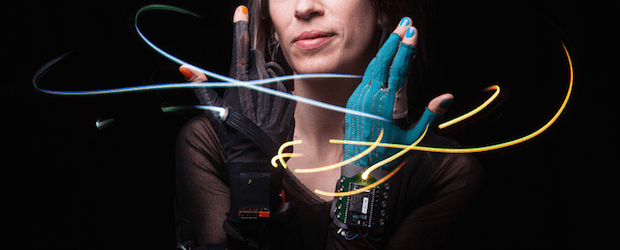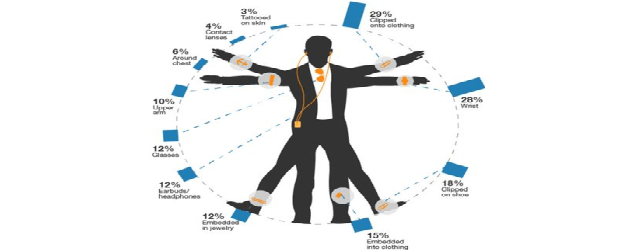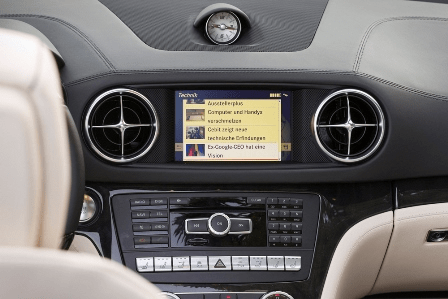Google Glass and the smart watch are just two of the more talked about wearable devices. But would you wear a smart shirt that can monitor your heart rate and send back information on your health to your doctor?
How about smart socks from a company called Heapsylon? Maybe not, the smart sock is priced at $149. Even expensive socks from Brioni are only $55.
There are smart gloves out there. Mi.Mu gloves turn a person into a human instrument and they say can even get the right pitch and tempo. Mi.Mu is another KickStarter project and if you donate some money they might send you a pair. But the Web site says quantities are limited.
Not interested in smart clothes? How about a body cam? Memoto has one for sale called the Lifelogging Camera. It attaches to an article of clothing and takes photos every two seconds. The price for this wearable device is $279. Memoto is part of a KickStarter campaign and has raised more than $500,000.
Maybe you are looking to improve your overall posture with a LUMOback waistband for, again $149.
Looking at some of the wearable devices out there, this market maybe in its infancy, but some estimates has it reaching $4.6 billion worldwide this year.
But how big is the wearables market in Canada? IDC Canada sees “hockey stick” growth over the next five years as tablets and smartphones being to mature.
IDC Canada believes wearables may represent the new, hot growth category.
“Wearables represent a young but exciting category in Canada – one expected to be valued in the hundreds of millions of dollars in just a few short years as we begin to reimagine everything we put on ourselves. However, as this is such a new market, we have a lot to learn,” says Krista Napier, research manager, mobility and consumer research at IDC Canada of Toronto.
Canadians are interested in wearables, the IDC Canada study found. However, they have not reached mass market yet. In an IDC survey, 18 per cent of respondents were interested in wearables that would track their health/performance while exercising, and 10 per cent were interested in digital glasses. While these results are encouraging, it demonstrates the need for these devices to show clear purpose. Canadians must see them as more than novel devices that lose their lustre after a few weeks or months, and they must be viewed as doing more than what their phones or MP3 players can already do “good enough.”
IDC Canada issued a study on the Canadian consumer wearables market for 2014-2018. The study sizes three categories of wearables: complex accessories, smart accessories, and smart wearables.
The IDC Canada wearables study tries to forecast the wearables market today, and for the future, and how big it might become in terms of shipments and revenue. It also tries to find out what the market forces are, and finally, it asks what Canadians think about wearables today.
Some of the early findings from the study show that all wearables are not equal.
Fitness trackers have already seen some healthy early adoption thanks to their price and clear value proposition, but other wearables still need refinement with respect to battery life, price points and perceived security and privacy.
According to IDC Canada, technology moves fast, but fashion moves faster. These wearables need to look just as good as the stylish jewelry, jeans, and shoes users wear. Customers may be willing to put up with a limited selection of colours and styles when it comes to their phones and tablets that they carry around in their pockets and purses, but that won’t be the case with devices they actually wear.
And, there may not be a smart hockey stick on the market, but there is a smart hockey ball that measures how well a player stick-handles. Its from a company called Smart Hockey and it’s priced at $12.99, proving that not all wearable devices are expenses.




